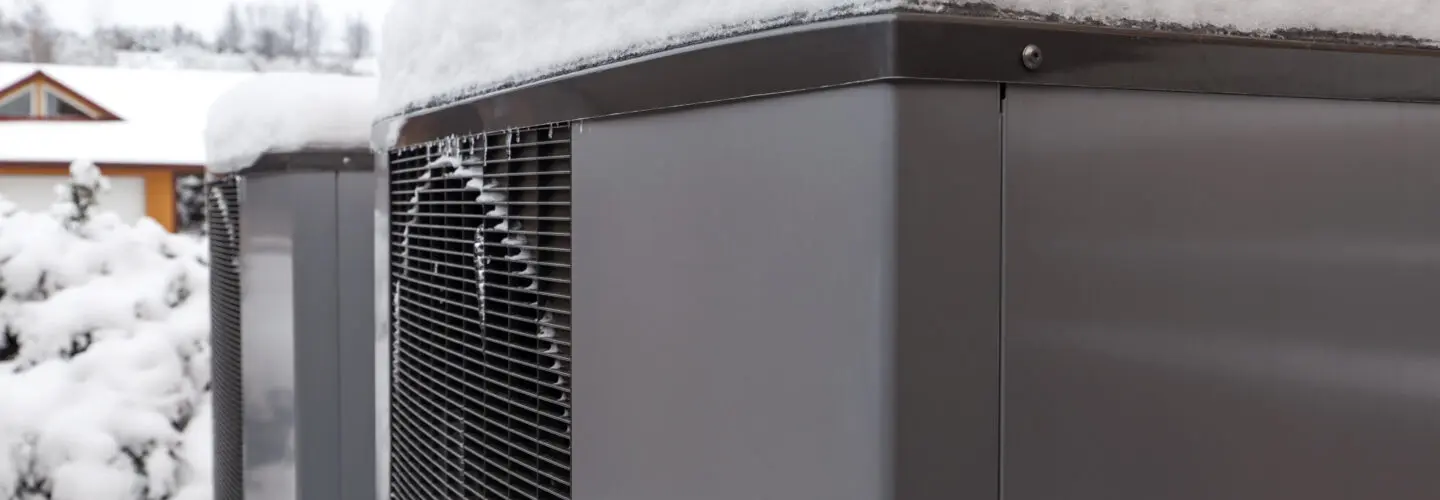Heat pumps had their first major local test last weekend. Here’s how it went.
Jamie Foundas decided last month to finally get rid of oil heat in his 1960s-era Natick home and put in electric heat pumps. It’s the kind of heating system favored by Massachusetts as it pushes toward aggressive climate targets, and between the high cost of oil and hefty rebates for the new equipment, he figured it would save him money in the long run. But would it work? The manufacturer claimed it would, even in extreme cold. Then, late last week, as forecasts called for a pipe-bursting arctic blast, he said to himself: “OK, now prove it.”
He stood at his kitchen sink Saturday morning, with all of New England in a deep freeze, watching a thermometer that showed the temperature outside: 8 degrees below zero. Inside, it was 68, just where he’d set the thermostat. “I saw that and thought, ‘OK, it does do what it’s supposed to do.’ ”
Across the region, where thousands have already converted to heat pumps and millions more are expected to in coming decades, the weekend’s plunge into sub-zero cold represented a critical first test of a kind of heat still considered new and unproven by many homeowners.
Ben Butterworth, the director of climate, energy, and equity analysis at the clean energy advocacy organization Acadia Center, said he wasn’t surprised that heat pumps performed well. “After years of falsely being told that heat pumps weren’t suitable for extreme cold, I do think this moment was critical for instilling confidence in heat pump users,” he said. “Continued reliance on fossil fuels to heat our buildings is simply incompatible with the state’s climate targets.”
To read more, click here.



















